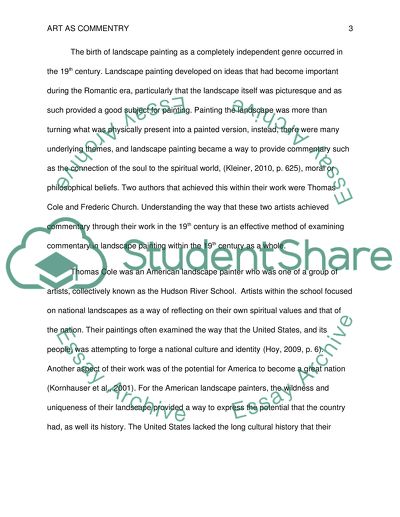Cite this document
(“The Use of Landscape as a Means of Commentary Essay”, n.d.)
The Use of Landscape as a Means of Commentary Essay. Retrieved from https://studentshare.org/visual-arts-film-studies/1400170-art-in-the-age-of-revolution
The Use of Landscape as a Means of Commentary Essay. Retrieved from https://studentshare.org/visual-arts-film-studies/1400170-art-in-the-age-of-revolution
(The Use of Landscape As a Means of Commentary Essay)
The Use of Landscape As a Means of Commentary Essay. https://studentshare.org/visual-arts-film-studies/1400170-art-in-the-age-of-revolution.
The Use of Landscape As a Means of Commentary Essay. https://studentshare.org/visual-arts-film-studies/1400170-art-in-the-age-of-revolution.
“The Use of Landscape As a Means of Commentary Essay”, n.d. https://studentshare.org/visual-arts-film-studies/1400170-art-in-the-age-of-revolution.


